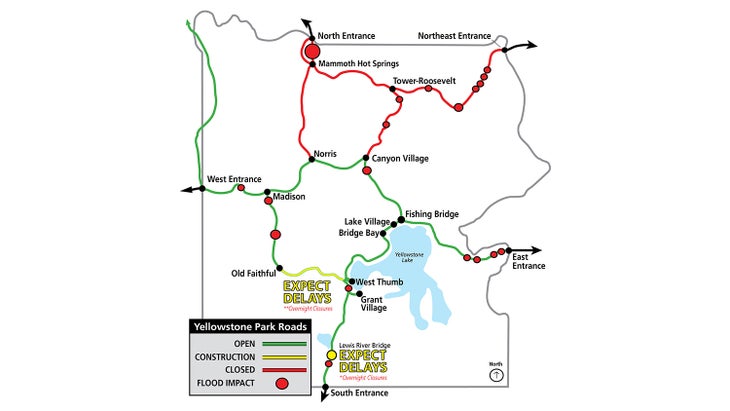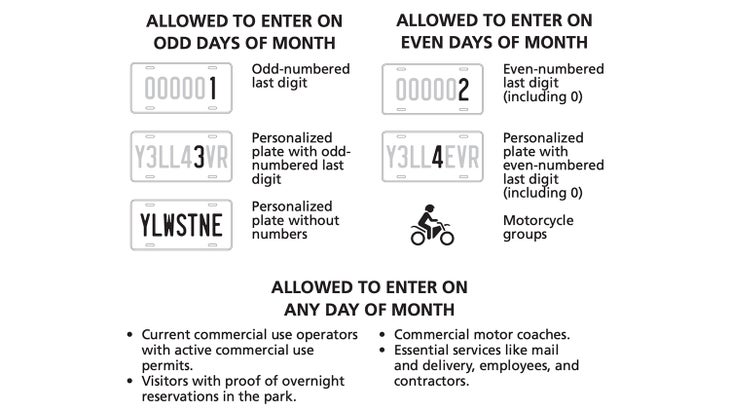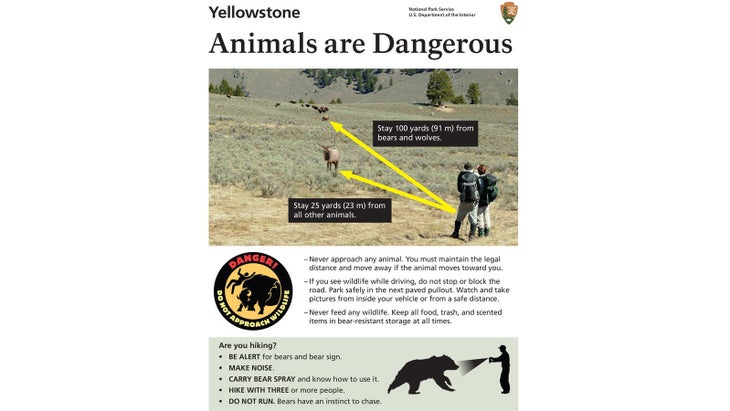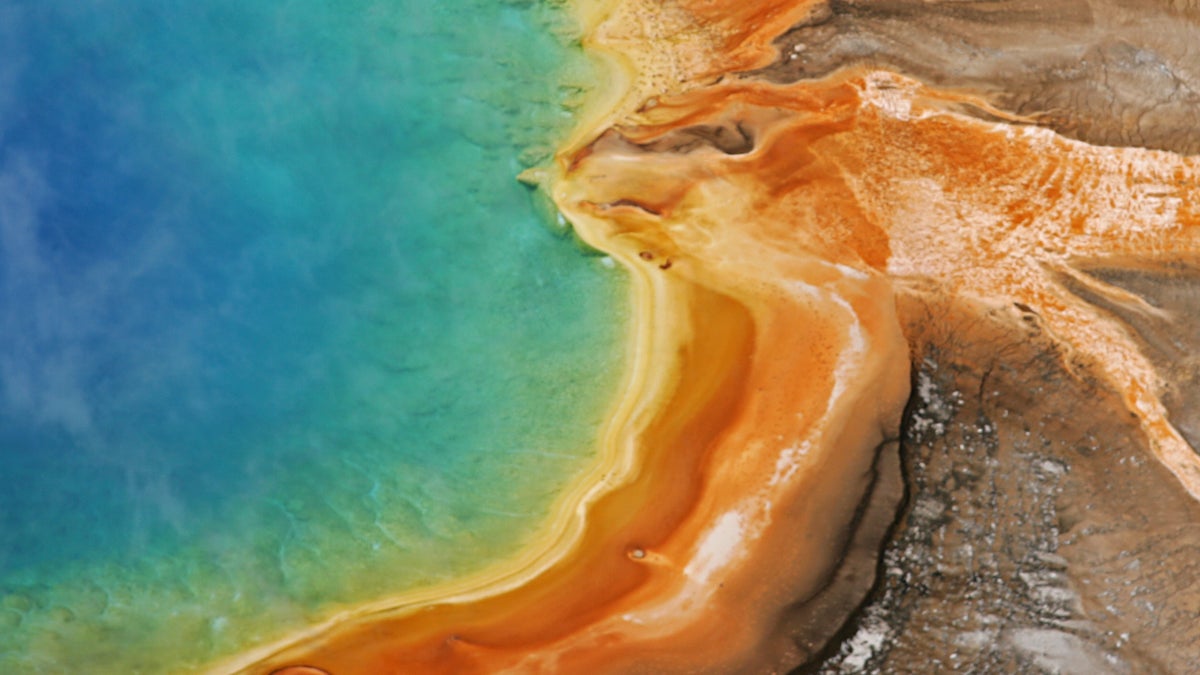No products in the cart.
Outdoor Adventure
How to Visit Yellowstone After the Flood
Update: June 30, 2022, 2:00 P.M.: The National Park Service announced Yellowstone’s northern loop will reopen on July 2.
On June 12, Yellowstone National Park and nearby communities in southwest Montana experienced historic flooding, wiping out key infrastructure and forcing all visitors to evacuate. This week, the National Park Service announced $50 million in emergency funding that will enable 80 percent of the park to reopen sooner than anyone anticipated. Here’s what to expect if you’re visiting this summer, which you absolutely should.

When Will the Park Reopen?
Yellowstone’s southern loop re-opens to the public on Wednesday, June 22, with popular sites like Old Faithful and Upper Geyser Basin accessible to visitors. On June 20, the NPS announced its plans to reopen the northern loop “in two weeks or less,” which suggests it’s targeting the July 4 weekend, or soon thereafter. This will make 80 percent of the park accessible, including popular destinations like Mammoth Hot Springs (where the park’s headquarters is located), Tower Junction, Norris, and Dunraven Pass. Roads should be open as far as Slough Creek, a popular hiking and wildlife viewing area.
The park’s northern entrances—Gardiner and Cooke City—will remain closed to the public for the foreseeable future, and visitors will be unable to drive into Lamar Valley.

Who Will Be Allowed In?
To manage traffic, the park is implementing an alternating license plate system. Vehicles with license plates where the last number is odd (1, 3, 5, 7, and 9), or ones with personalized plates without numbers will be allowed through entrances on odd days of the month. Vehicles with license plates where the last number is even, and groups of motorcycles, will be allowed in on even days. Visitors with proof of overnight reservations inside the park (from a lodge or campground), will be allowed access any day. It’s currently unclear how long this system will remain in place.
What Should You Expect?
NPS says to anticipate limited services and facilities, and for access to them to change at any time. While the alternating license plate system should help manage traffic, Yellowstone is known for its frequent “bear jams,” when drivers clog roads to look at wildlife. Parking areas at major attractions like Grand Prismatic Spring and Old Faithful also tend to get very crowded, as do the boardwalks and hiking trails around those areas.
Reservations for lodging, guides, meals, and other services are a good idea any time you visit Yellowstone. This summer, they should be considered essential if you hope to access any of those services, and even then, you may find unexpected closures or delays.
The same goes for areas outside the park. Flooding has damaged many popular campgrounds. That will concentrate congestion both on the ones that remain open, and on nearby public lands. Make a plan for places to stay before you visit.
What Should You Bring?
Given the unpredictability here, I’d recommend entering the park with a full tank of gas, plenty of snacks, drinks, and meals to cover the time you plan to spend there. Also, have a firm plan for your day, along with a backup in another area of the park should your desired destination suddenly be closed.
The free National Park Service App (iOS and Android), can help you plan your visit. The app makes it incredibly easy to save all data for any park for offline use. Make sure you do so before you visit, as cell phone signal inside Yellowstone is very limited. It’s also a good idea to save the entire region for offline access on Google Maps, so you can navigate the often remote areas outside the park where cell phone signal is also limited.
And anytime you visit Yellowstone, you should bring footwear you can walk in comfortably, clothing layers for unpredictable and frequently extreme weather, and a good set of binoculars or a spotting scope so you can observe wildlife from a safe distance. Bear spray should be considered mandatory.
Should You Book a Guide?
If it’s financially accessible to you, the answer is yes. Guided tours are available for a multitude of activities: day hikes, road-based sightseeing tours, fishing and more. Guide services who work in Yellowstone are private businesses who hold licenses from the Park Service.
As small, often independent businesses based in tiny gateway communities like Gardiner, guide services and their employees are some of the most financially impacted by the flooding, so booking a guide is also one of the best ways to support local communities through this challenging time.
You can find a list of all licensed Yellowstone guides here.
Guides are intimately familiar with the park and have access to its staff and management. They’re currently pivoting destinations and itineraries to adapt to the closures.

Will It Be Dangerous?
Yellowstone is not a zoo or a shopping mall. The animals are wild, and park visitors have been killed by falls, thermal features, and weather. Danger also comes on Yellowstone’s roads, where drivers are frequently distracted. Pay heed to all relevant signage and other guidance.
Trails and roadways damaged by the flooding will be closed to visitors.
Where Else Should I Go?
The areas in Montana north of Gardiner and Cooke City are the most impacted by floods. Communities like Livingston and Red Lodge, as well as many other smaller places, are financially reliant on summer tourism. Visiting restaurants, hotels, bars, and shops in those areas is a great way to help out, while also having a fun time.
Livingston, just 20 minutes east of Bozeman, is full of high-quality independent restaurants and great shopping. Call one of the town’s fly shops, and ask about local fishing guides.
Emigrant, about 20 minutes south of Livingston, is home to the Old Saloon, Follow Yer’ Nose BBQ, and the friendliest fly fishing shop I’ve ever been to. Cross the river to the east and you’ll find luxury accommodation and amazing views at Sage Lodge. Five minutes more will take you to Chico Hot Springs.
Note that Gardiner, further to the south, remains accessible only to residents. Many bridges and roads in Paradise Valley have been damaged or washed away, as have many area campgrounds. The Forest Service has closed most public land in the area, so that it can concentrate services and budgets on the flooding. The Yellowstone River, in Park and Stillwater counties, is currently closed to all recreational activities. There are plenty of other opportunities for fishing and rafting elsewhere in southwest Montana; consult a local guide service.
The upside to the the incredibly wet spring we’ve had up here is that it’s looking like rivers and streams will be healthy all summer, wildfire risk has been reduced, and everywhere you look is bright green and blanketed with the vibrant colors of wildflowers. You should come.

